The History of Windows 2000
The GOAT
When Microsoft and IBM had their divorce, Microsoft left OS/2 in the rear view mirror and began driving toward NT. This marked the third operating system that Microsoft had fully intended to replace MS-DOS and Windows on the IBM PC and compatibles. The first such system was Xenix, the second was OS/2, and finally NT. The question that remained for Microsoft was which version of NT will accomplish this goal? Version 3.1, the first NT version, was successful for Microsoft internally, and NT 4 was a commercial success. This commercial success made certain that Microsoft would create NT 5, which began its planning phase in the summer of 1996 after the launch of NT 4 with the planned timing for release being in late 1997. This had been revised by the Windows Hardware Engineering Conference in May of 1997 to a ship date sometime in 1998. At this point, there was an intent to have a version for Intel’s Merced, for both 32 bit and 64 bit Alpha, for x86 workstations, and for consumer PCs. Here we see that Microsoft had pivoted from making a pure successor to NT 4, to having NT 5 be the version that unified the consumer and professional operating system lines, and the company had roughly forty two hundred people working on it. That team was led by Moshe Dunie under the guidance of Jim Allchin who was the SVP of the Personal and Business Systems Group. The feature set at this time was expected to encompass a new directory services system to compete against NetWare, FAT32 from Windows 95 OSR-2, hierarchical storage, volume management, disaster recovery, Terminal Services (developed with technology from Citrix) for server versions, and easy to use security features in the consumer release. By Comdex in the spring of 1997, Microsoft was able to demo plug and play, USB support, and DVD support with plans to support Kerberos being publicly announced. At the Professional Developers Conference, Microsoft announced that DirectX would be included in NT 5 along with no reboot networking, distributed file system support, InteliMirror, the Microsoft Management Console, and a revamped installer.
The first beta, build 1671, of NT 5 surfaced in September of 1997 for DEC Alpha and x86. It allowed an upgrade from NT 4 or Windows 95 but not from NT 3.51 and showed a user interface that is quite similar to Windows 98.
Active Directory was previewed in the server version, but it had already been seen in the Directory Services Toolkit for Windows NT 4.0 earlier in the year.
Microsoft shipped Windows 98 on the 15th of May in 1998 and by that time, Gates had already announced his intent for 98 SE to be the last version of the traditional Windows line at WinHEC early that year. This led to a delay in the release of NT 5 with expected ship dates becoming nebulous like “about a year.” On a positive note, Active Directory was considered complete in May of 1998, and a unidrectional sync was available to move from Novell Directory Services to Active Directory, and Cisco started working on ports of AD to Solaris and HP-UX.
The second beta of NT 5 saw the light of day on the 18th of August in 1998 although the disks were created in September (the discs themselves are date stamped).
The most notable bit of information surrounding beta 2 was that the SDK had a readme file indicating that support for Itanium was present in the form of a compiler and linker. These were not present in the location referenced, but if anyone out there had some more information on it, I’d love to hear it. Please comment!
In December of 1998, Jim Allchin asked Brian Valentine to take over the leadership of the project after Moshe Dunie chose to take a sabbatical. By this point, the acquisition of DEC by Compaq Computer Corporation largely meant the end for Alpha, the end for NT on Alpha, and therefore the end of NT 5 for Alpha.
On the 7th of April in 1999 at WinHEC, Steve Ballmer made official what had been rumored, and that was that this release of NT would not be the release that unified the two operating system lines at Microsoft. Beta 3, build 2031, was officially available to the public on the 29th of April in 1999, and this is where we first see the name change to Windows 2000. This version started to look much more similar to what eventually shipped as the final release.
This beta was solid, and it was a good demonstration of what was to come. At this point, the operating system had introduced many things that are now common like driver verification and signing, system file protection, clustering with fail over, AD, patch/update slipstreaming, MMC, and so on.
Windows 2000 Release Candidate 1, build 2072, was delivered to testers on the 1st of July in 1999, and it was well received. This release was notable in being the first build to show the Network Identification Wizard after login on a fresh install. According to Paul Thurrott, many testers were hoping that this was the version that would be made the official release, and Microsoft’s response was that the product’s development team has a number of internal goals to reach before RTM.
Windows 2000 Release Candidate 2, built 2128, was released on the 15th of September in 1999. Oddly, while official support for both Alpha and Itanium had been canceled, the cross compilers and linkers were present for both x86-to-IA64 and for Alpha-to-AXP64. This was followed by Release Candidate 3, build 2183, on the 11th of November in 1999. This release was purely a 32 bit x86 release as far as I can tell. Windows 2000 was, by this point, really a 486 and higher x86 product. It did, however, have SMP. Professional would utilize up to two CPUs, Server up to four, and Advanced Server up to eight.
Microsoft Windows 2000, build 2195.1, was released to manufacturing on the 15th December in 1999. It was made available on MSDN on the 19th of January in 2000, and it was available at retail on the 17th of February in 2000. As expected neither the DEC Alpha port nor the Intel Itanium port were made available (mostly). Official hardware requirements were a system with a Pentium clocked at 133MHz, 64MB of RAM for workstations or 128MB for servers, 650MB of HDD space for workstations or 1GB for servers, and a VGA display. For upgraders, a minimum of NT 3.51 or Windows 95 was required. These were, of course, the stated requirements. Windows 2000 could be installed on a 486 with 32MB of RAM for the ardent and determined, but the utility of this is questionable.
Windows 2000 updated everything… including updates which were now brought to the system via Windows Desktop Update. Other improvements include IE5, Outlook Express, Windows Media Player, OpenType font support, PostScript font support, Internet Connection Sharing, NetMeeting, and accessibility improvements. Those accessibility improvements were ported utilities like FilterKeys, Magnifier, MouseKeys, ToggleKeys, SoundSentry, and StickyKeys as well as stuff like high contrast theming. There were also totally new things like the Narrator which would read GUI objects aloud via the Speech API, and the on-screen keyboard which could be operated via mouse or joystick. As for lower level changes, Win2K brought FAT32 to NT as previously stated, but it also brought SSE and SSE2 support, file system encryption, NTFS 3, logical disk management, LDAP, USB, FireWire, Windows File Protection, System File Checker, and Plug and Play with ACPI and Windows Driver Model support. As promised previously, Win2K shipped with Direct X. Unlike Windows 98, Windows 2000 supported ACPI S4 hibernation without any requirement for vendor-specific drivers. In NT 4, system administration was managed through a variety of separate tools, but these were merged into the previously mentioned MMC as snap-ins in 2K. So, the Event Viewer, Task Scheduler, device manager, services controls, group policies, and so on were all now in one place.
The retail price of Windows 2000 Professional at launch was $320 which would be roughly $584 in 2024, a ten-user Client Access License of Windows 2000 Server was $1200, a twenty five user CAL was $1800, the same twenty-five user CAL for Advanced Server was $4000 or roughly $7298 in 2024. Considering that this license was perpetual, that’s not too bad. I am certain that there is still an Advanced Server installation with some clients connected still running somewhere on the planet today, and it probably confuses young administrators hired to maintain it.
Windows 2000 Service Pack 1, build 2195.1620, was released on the 31st of July in 2000, about two months before the final version of Windows 2000 was released. Windows 2000 Datacenter Server was released on the 29th of September in 2000, and it was the truly premium enterprise offering from Microsoft. This version was only offered by OEMs, and it was offered with joint support from Microsoft and the OEMs. Datacenter Server could support up to thirty two CPUs with each CPU having its own thread pools, virtual memory, and CPU affinity for selected processes. Datacenter Server also increased memory support to 64GB with any one process having 4GB (due to the 32 bit limitation). Of course, even that 4GB number isn’t totally accurate. Microsoft employed what it referred to as 4GT for 4GB RAM Tuning. This would decrease the system RAM per process from 2GB to 1GB and leave the application with 3GB. The weirdest aspect of Windows 2000 Datacenter Server was the existence of an IA-64 version that was sold in very small quantities. If anyone has information on it, I would love to hear about it.
Windows 2000 Service Pack 2, build 2195.2951 was released on the 16th of May in 2001. This Service Pack introduced Compatibility Mode to Windows 2000, and it allowed a user to run programs designed for Windows 95/98.
Windows 2000 Service Pack 3, build 2195.5438, made its way to users on the 29th of August in 2002. This introduced the Set Program Access and Defaults Control Panel applet to Win2K.
The fourth and final service pack for Windows 2000 was build 2195.6717 and was released on the 26th of June in 2003. This brought USB 2 support and Bluetooth support to Windows 2000. For most, support for Windows 2000 ended on the 30th of June in 2005, and for those with extended support, the end came on the 13th of July in 2010.
Windows 2000 is often considered the greatest Windows release of all time. The reasons for this are usually mentioned as being the consistency of the UI, rock-solid stability, low system requirements when compared to other workstation operating systems of the time, great hardware and software support, and some amazing new technologies being introduced. The timing likely plays a part in this too. Windows 2000 was released at a time when commodity desktop PCs were finally catching up to workstations in performance. This meant that Windows 2000 could be run by folks at home without breaking the bank. For users who’d only known MS-DOS or Windows 95, Windows 2000 was better in every single way. Comparing Windows 2000 to those Windows releases after it, many people note that Windows 2000 had much of the same technology as XP but was much lighter. Many like myself also simply miss the classic Windows GUI, and Windows 2000 was the last Windows version to carry it (though one could get XP, Vista, and 7 to have much the same look). I personally view Windows 2000 as the first truly modern version of Windows. It brought with it many features that are present on Windows to this day, made NT a far more scalable system, and it made the nerdier part of the public very aware of the advantages of NT.
I have readers from many of the companies whose history I cover, and many of you were present for time periods I cover. A few of you are mentioned by name in my articles. All corrections to the record are welcome; feel free to leave a comment.



![DEC Alpha English CD [MSDN] DEC Alpha English CD [MSDN]](https://substackcdn.com/image/fetch/$s_!SjuO!,w_1456,c_limit,f_auto,q_auto:good,fl_progressive:steep/https%3A%2F%2Fsubstack-post-media.s3.amazonaws.com%2Fpublic%2Fimages%2F7dd9f99a-2b26-4a66-9314-7192c77d21a2_716x726.jpeg)

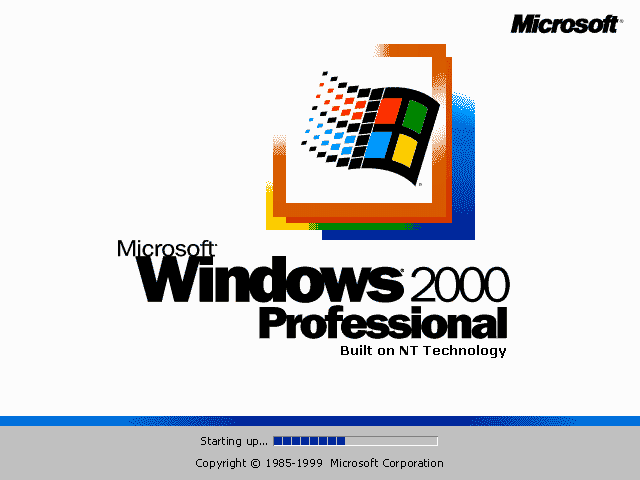





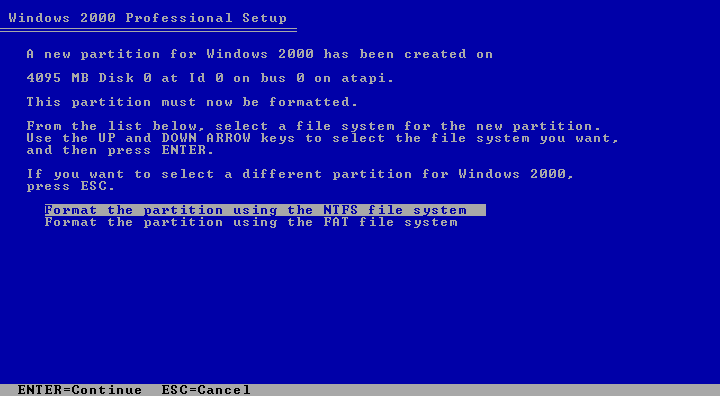









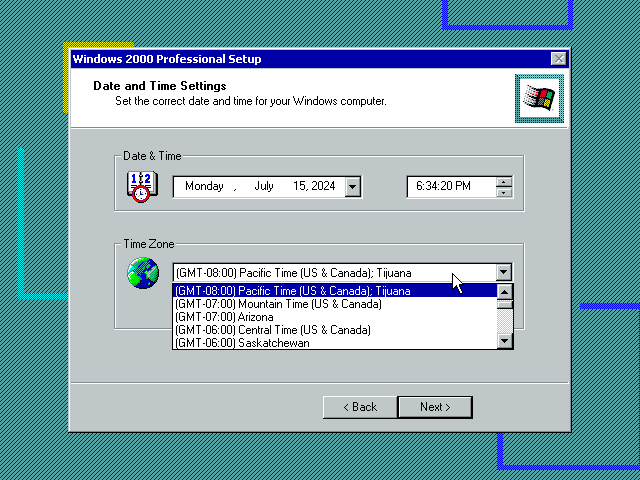

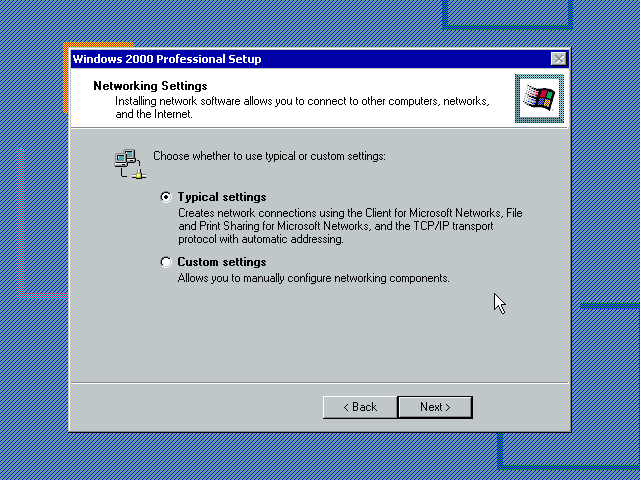


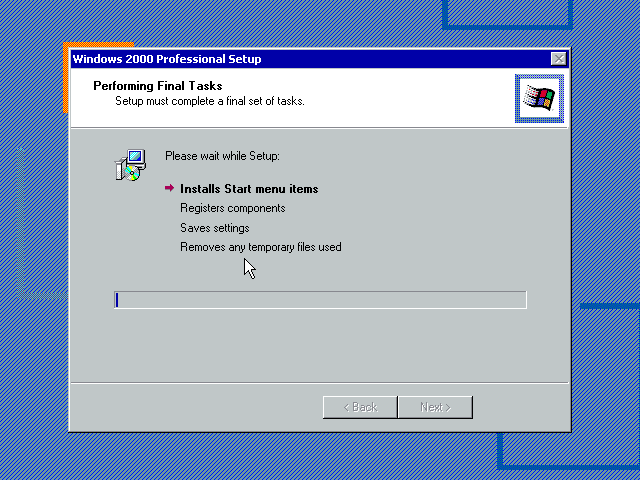
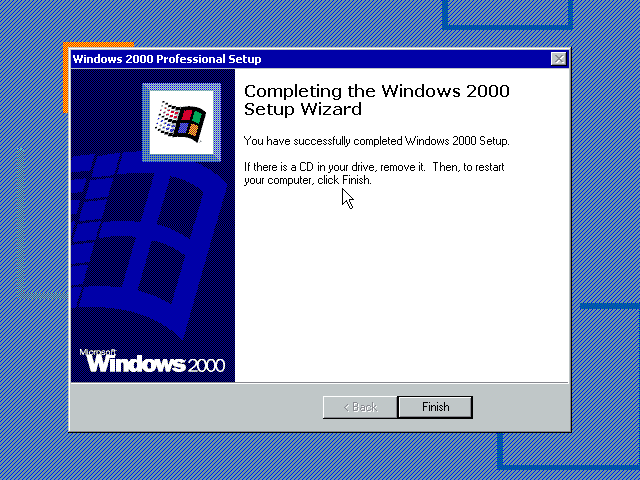
















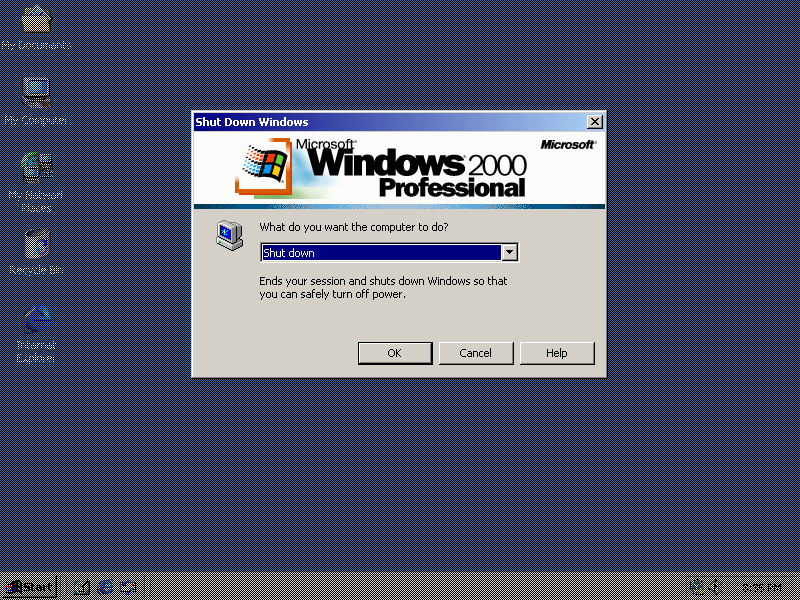
Fantastic work as always Bradford. I’d been waiting for this one. Can’t wait for the History of XP article!